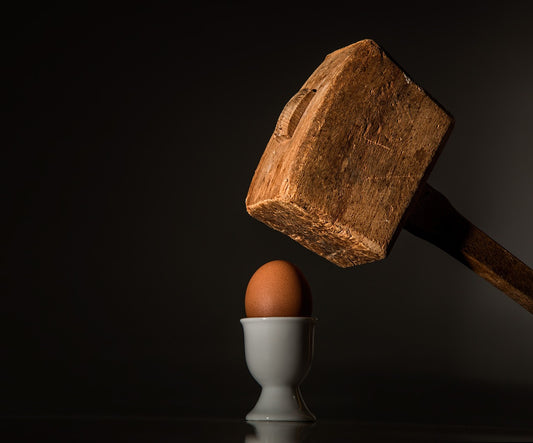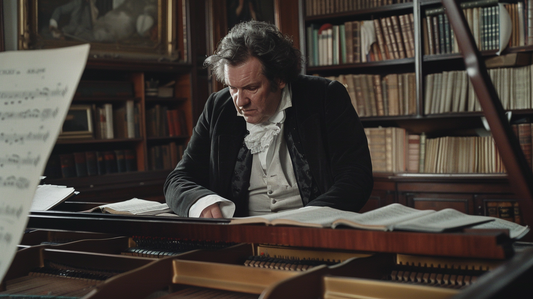 So, now you understand why AC is what comes into our homes and why.
Next we move onto DC and the importance of the DC power supply to modern electronics we use in our homes: specifically high-end audio.
So, now you understand why AC is what comes into our homes and why.
Next we move onto DC and the importance of the DC power supply to modern electronics we use in our homes: specifically high-end audio.
Tesla puts it together
by Paul McGowan
Now we're getting to the core of understanding how power in our hi-fi system is transferred from the wall and in the next few posts we'll start to understand how we convert this power into music. First let's wrap up our little history lesson on why we use AC power at all.
If you'll remember, Tesla was getting ready to change the world from DC to a new form of DC called AC, something we use in our homes to power our stereo systems to this day.
Nikola Tesla was poised to build his AC power system based on the idea that each home or block of homes would connect to a very high voltage AC main line through a transformer - the transformer reducing the high voltage to a lower and more usable voltage for the home.
As we'll remember, transformers only work when the power that feeds them is moving between plus and minus rapidly - something we call Alternating Current or AC. But Tesla had a problem and in a matter of only a few days he solved that problem and created the modern power grid still in use today.
The problem he had was generating the AC and once generated using it directly to make a motor work. In those days, dynamos or generators as well as motors were all generating and running off of DC. The dynamos that generated the DC and the motors than ran from DC were essentially the same things - each used in reverse of the other. This was sort of the same thing we've seen before with coils and magnets - if you spin a motor it makes electricity and if you put electricity into a motor it spins.
It was known even by Michael Faraday a decade earlier how to generate AC - one simply used a physical magnet connected to a hand crank in close proximity to a coil of wire. When you spun the magnet (a long straight bar of metal turning end to end) it would change the magnetic field from plus to minus and what came out of the coil was AC. But no one knew how to make a practical design for that and, perhaps more importantly, no one knew how to use that AC to make a motor.
Over the course of only a few weeks, Tesla saw the entire system in his head and in one of the great strokes of genius figured out the modern power grid, invented the AC motor, the AC dynamo, the efficient AC power transformer, and the system that would make it all work. Tesla's grasp on the fundamentals of coils, electricity,magnetismand the efficient means to use all those elements together is unmatched since the genius of Michael Faraday who set all this in motion.
Within but a few years time, Westinghouse and Tesla's new power system took over the modern world and sent Edison home to work on other projects like the phonograph, the motion picture camera and the thousands of innovative products he invented or brought into the world - but power was not to be his fame - it was Tesla who would make the leap necessary to build the world's power grid - still in use today with but few changes.
Edison never gave up the fight for DC, even inventing the electric chair to prove just how dangerous AC power was. Edison personally electrocuted hundreds of animals and more than his fair share of condemned prisoners in public showings around the country - all in an effort to prove to the world AC was not to be used. But in the end AC survived even to this day.
Here's a picture of Edison personally strapping in the first victim of the electric chair he invented to prove how bad AC was.
 So, now you understand why AC is what comes into our homes and why.
Next we move onto DC and the importance of the DC power supply to modern electronics we use in our homes: specifically high-end audio.
So, now you understand why AC is what comes into our homes and why.
Next we move onto DC and the importance of the DC power supply to modern electronics we use in our homes: specifically high-end audio.
 So, now you understand why AC is what comes into our homes and why.
Next we move onto DC and the importance of the DC power supply to modern electronics we use in our homes: specifically high-end audio.
So, now you understand why AC is what comes into our homes and why.
Next we move onto DC and the importance of the DC power supply to modern electronics we use in our homes: specifically high-end audio.
- Choosing a selection results in a full page refresh.
- Opens in a new window.








